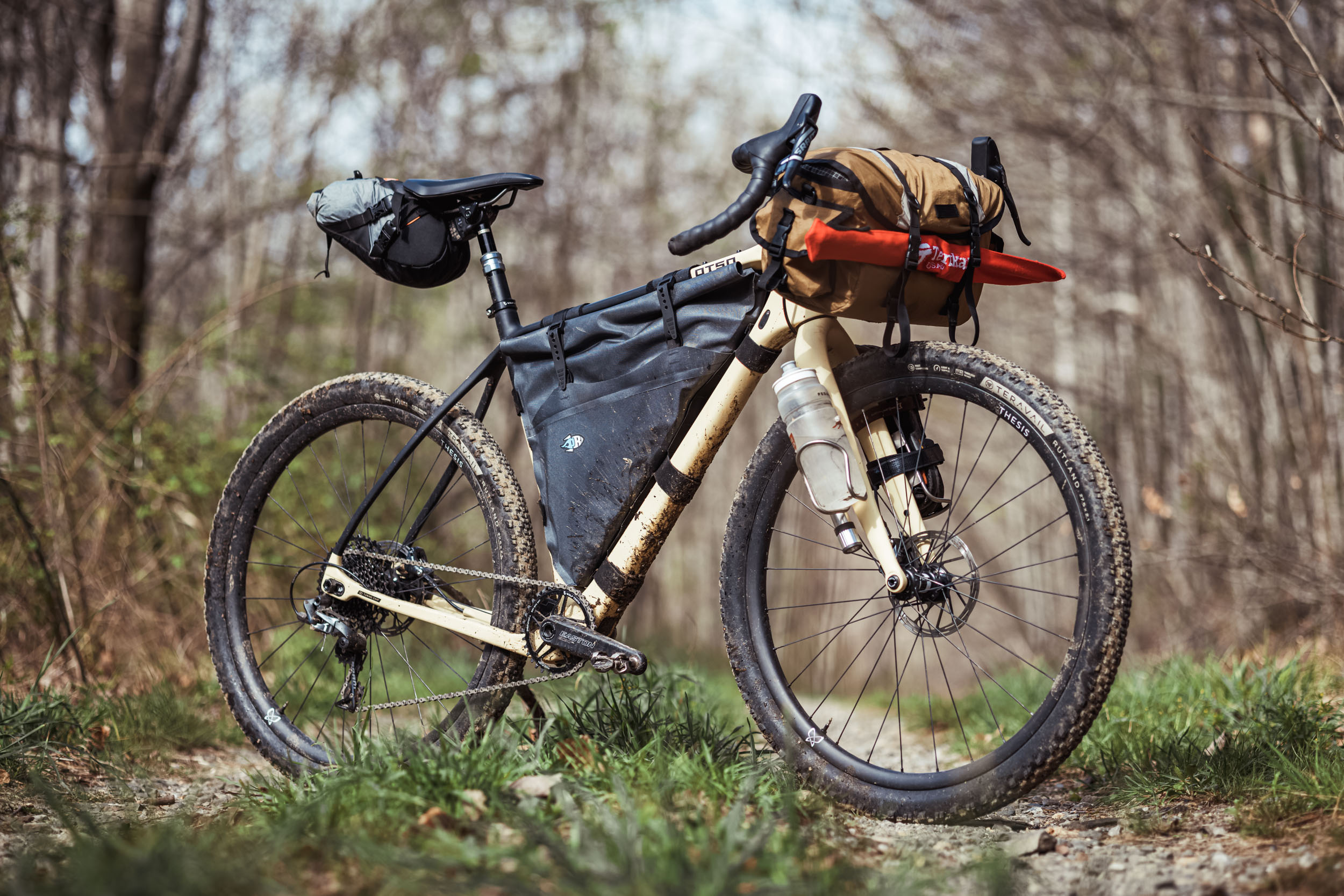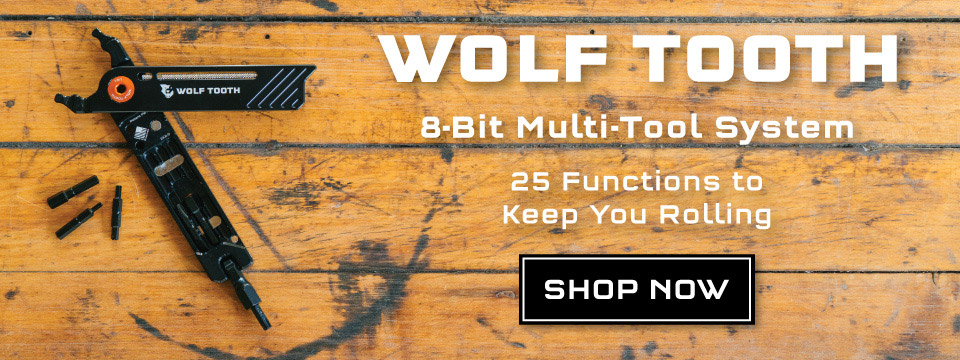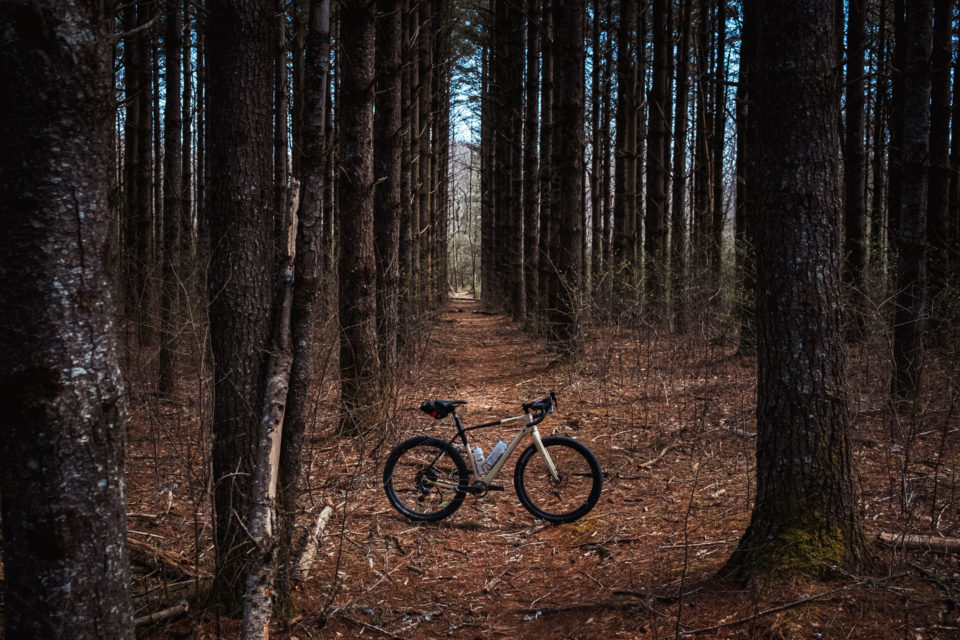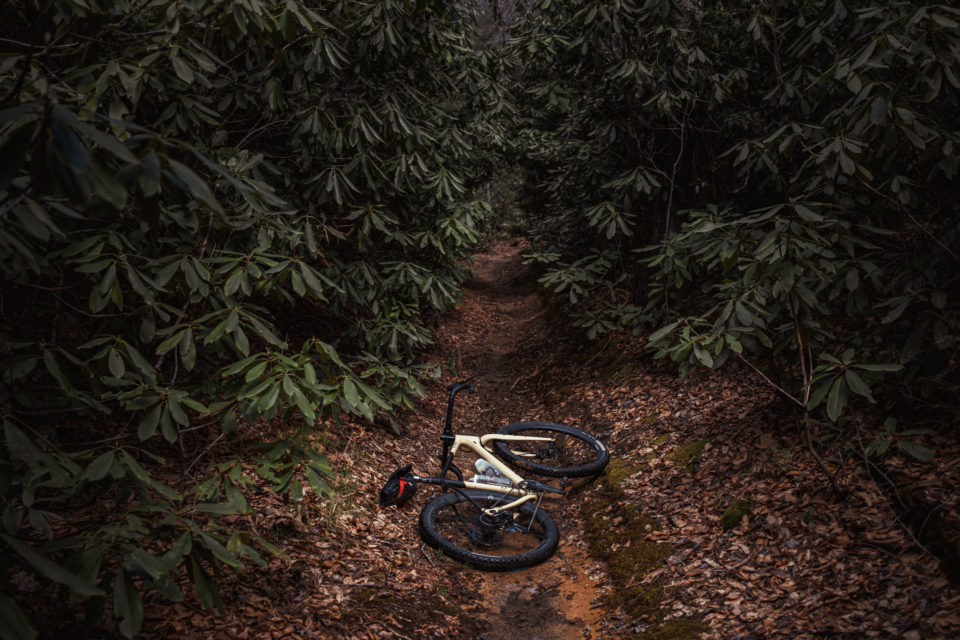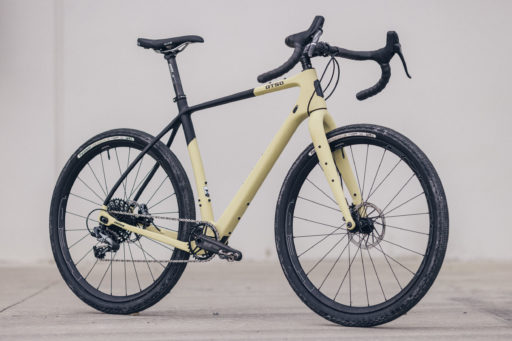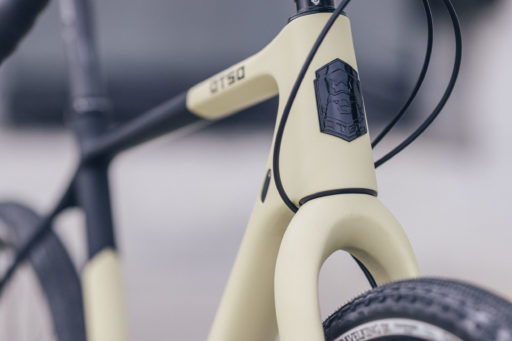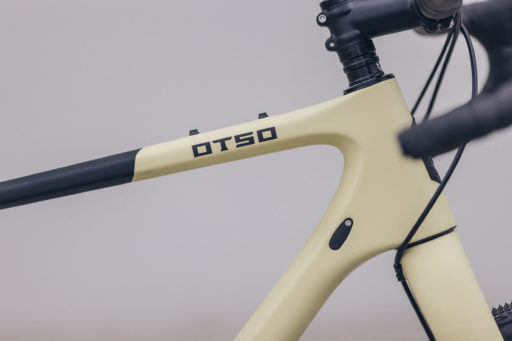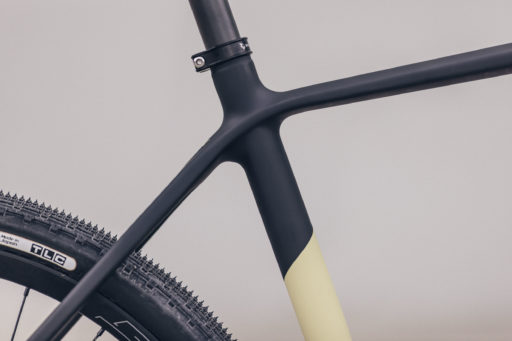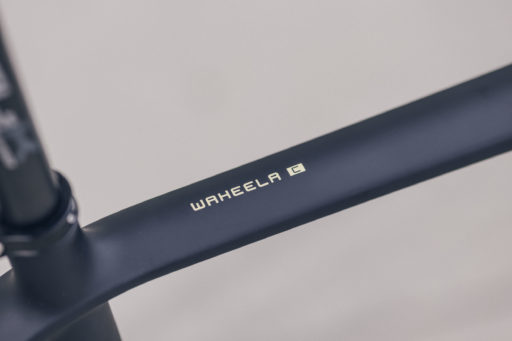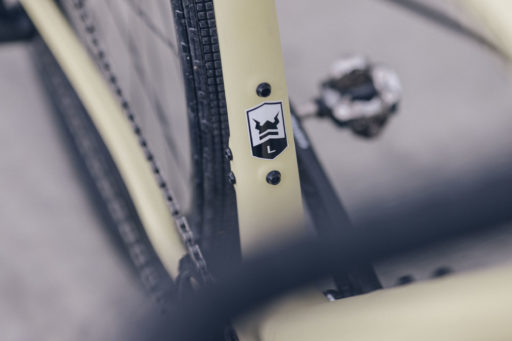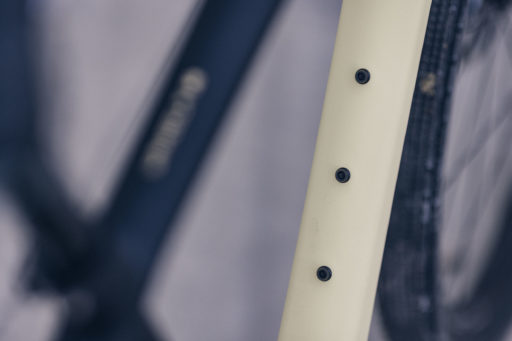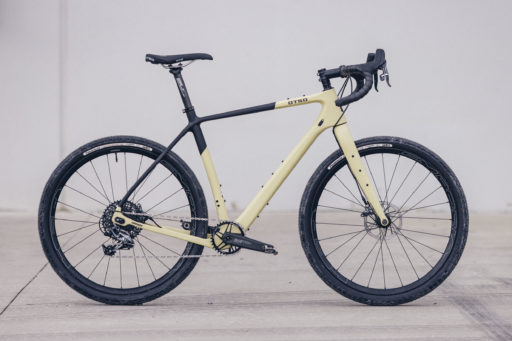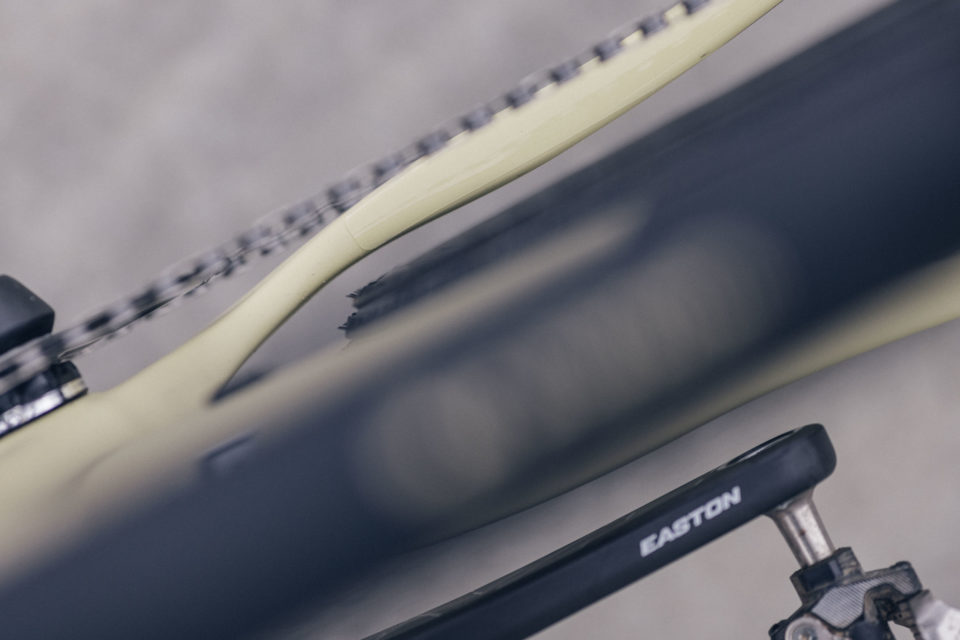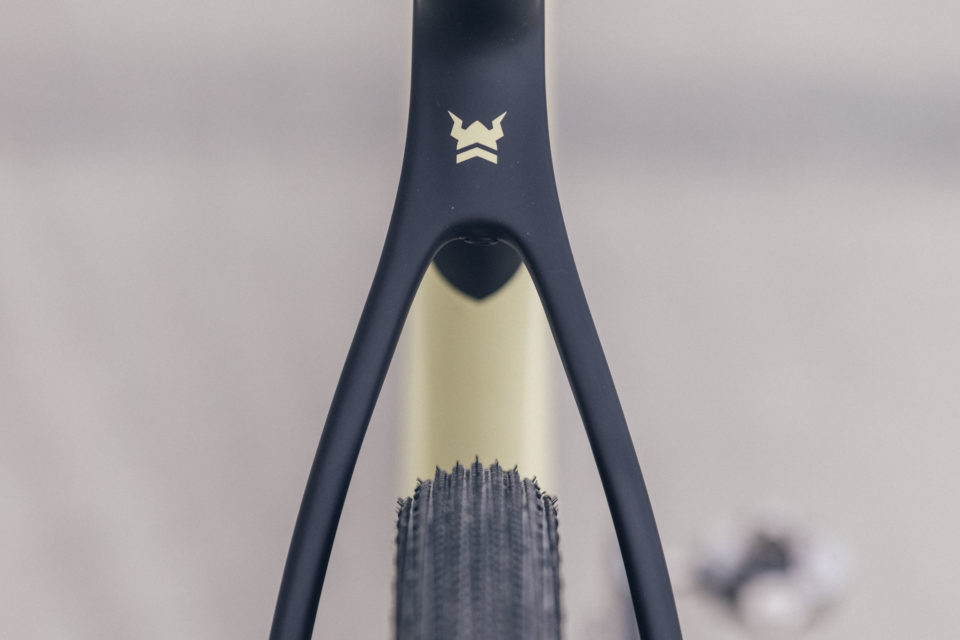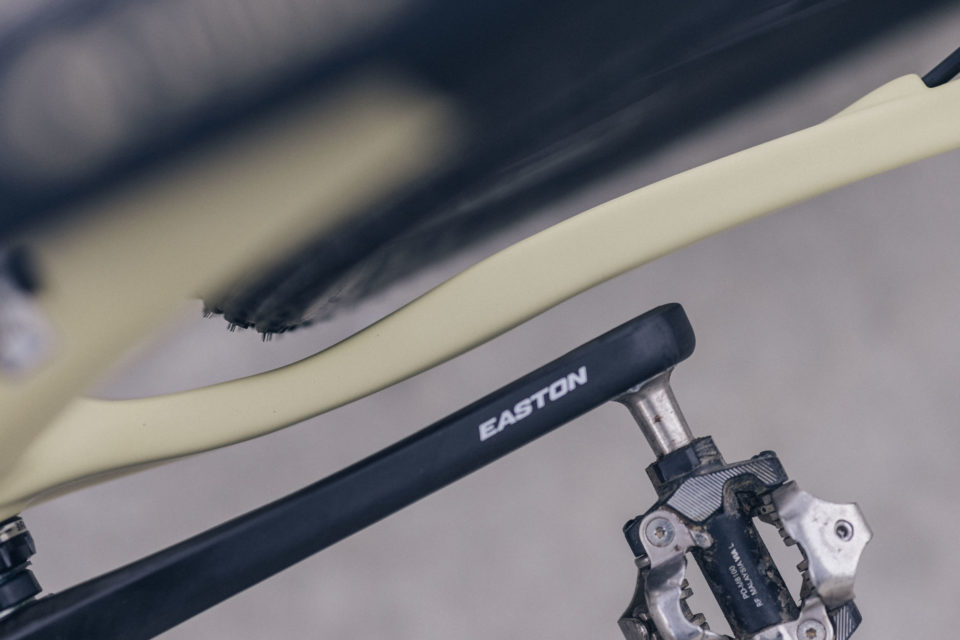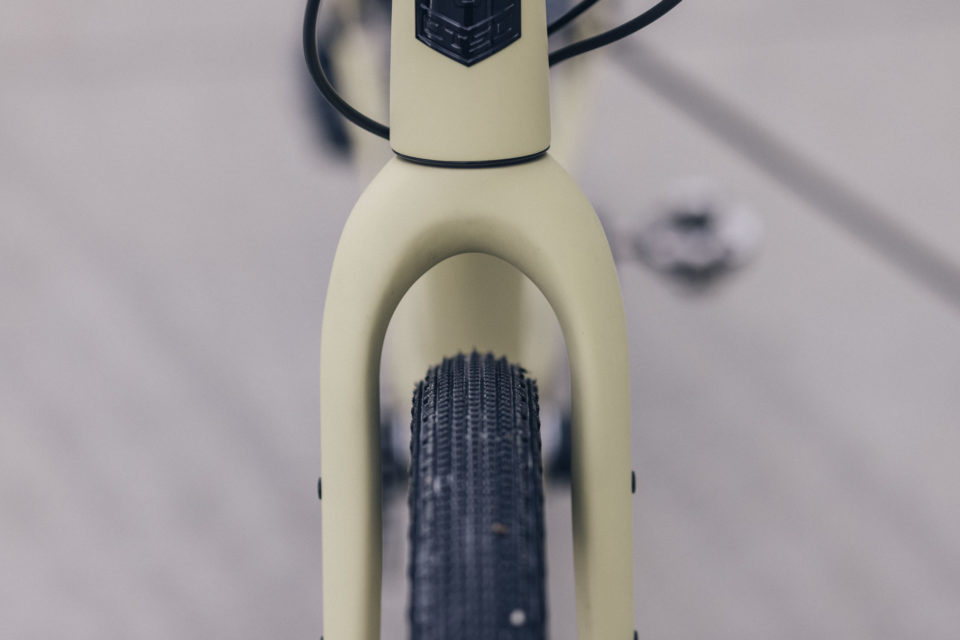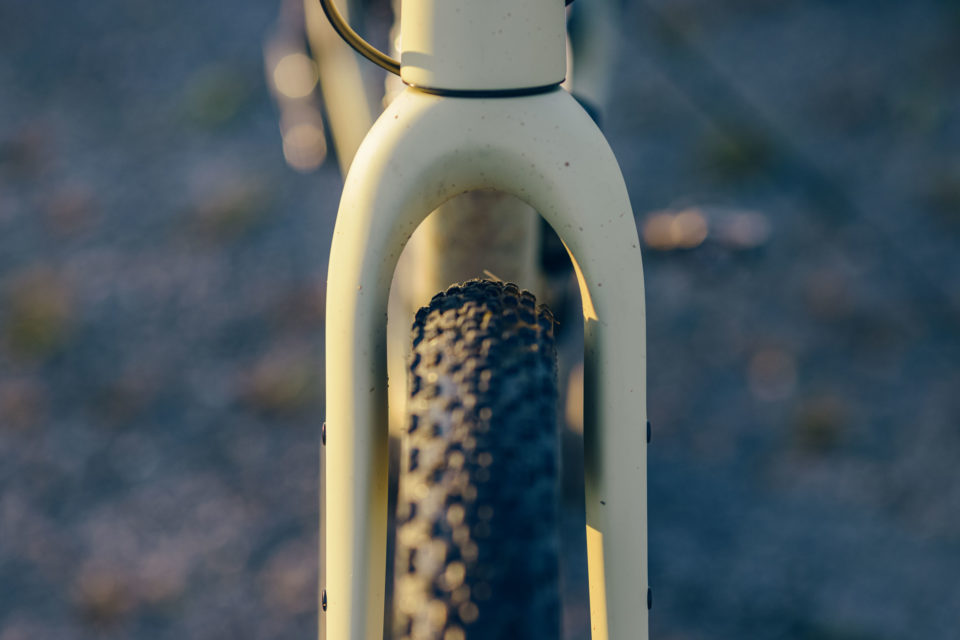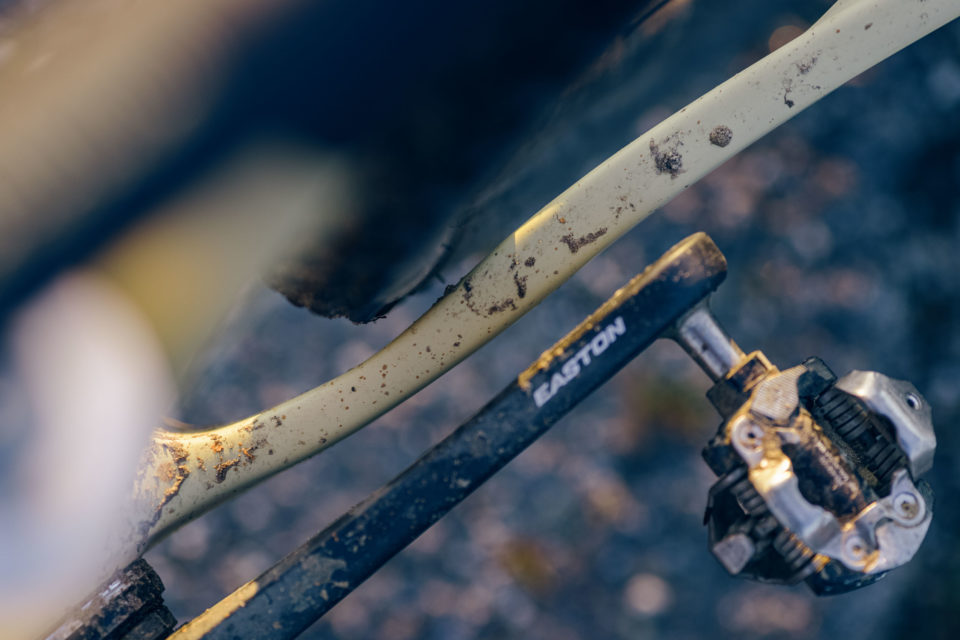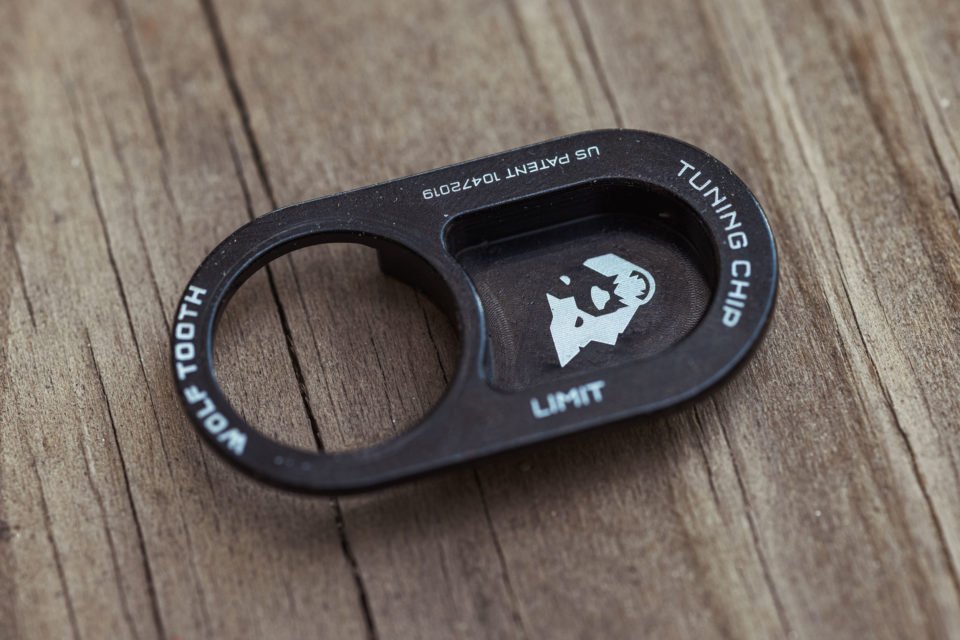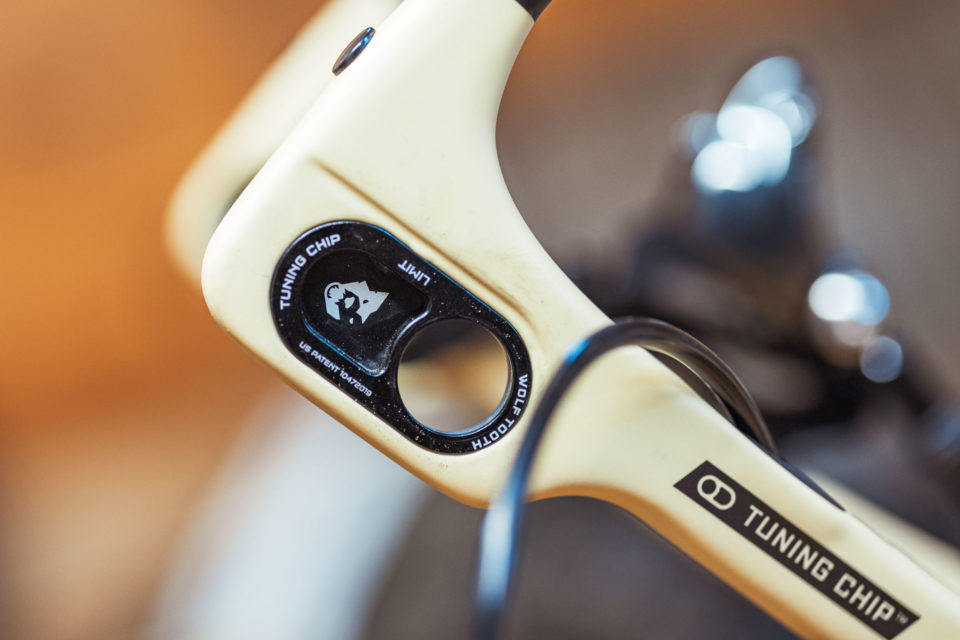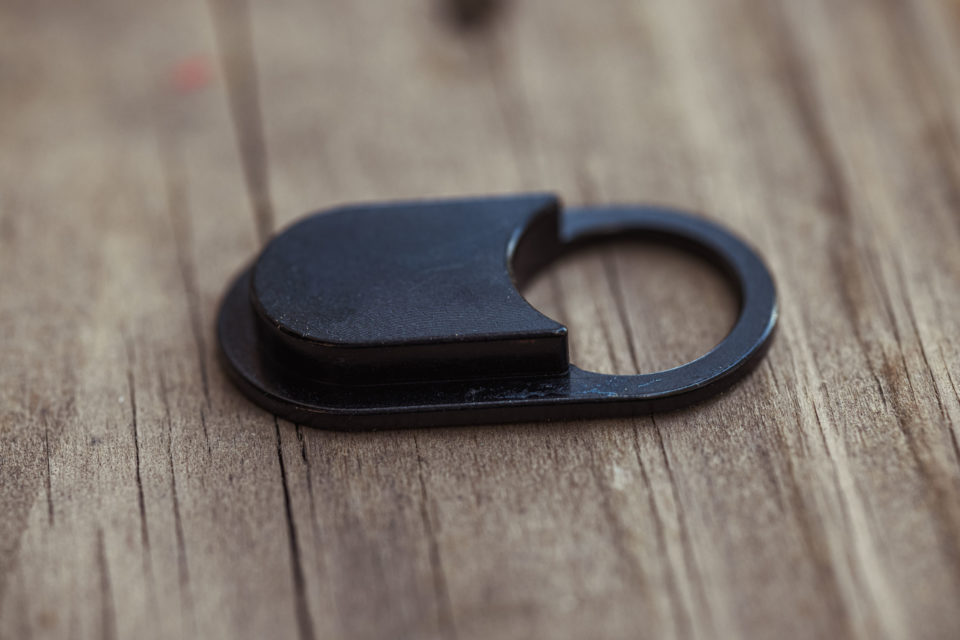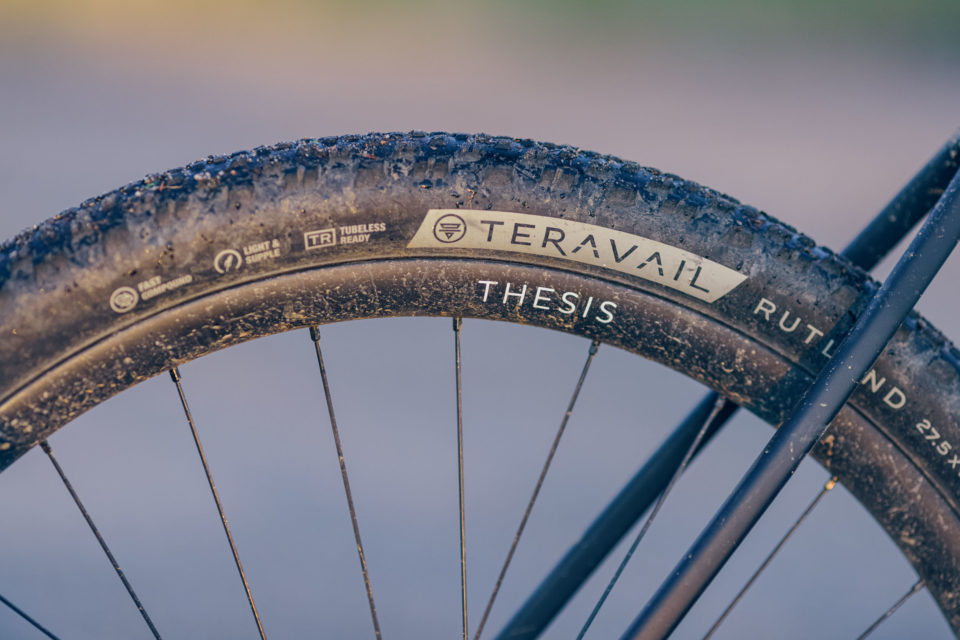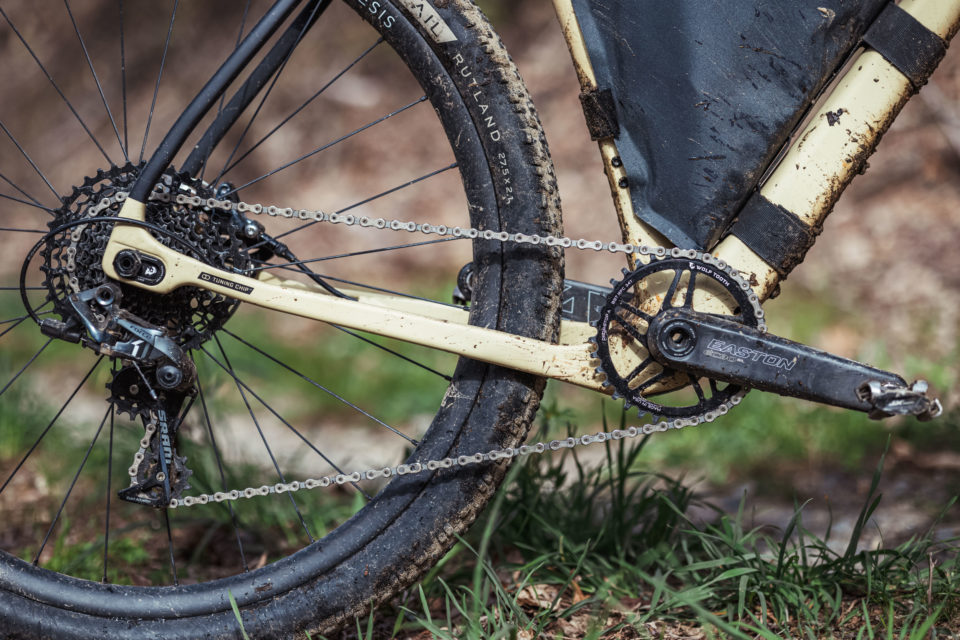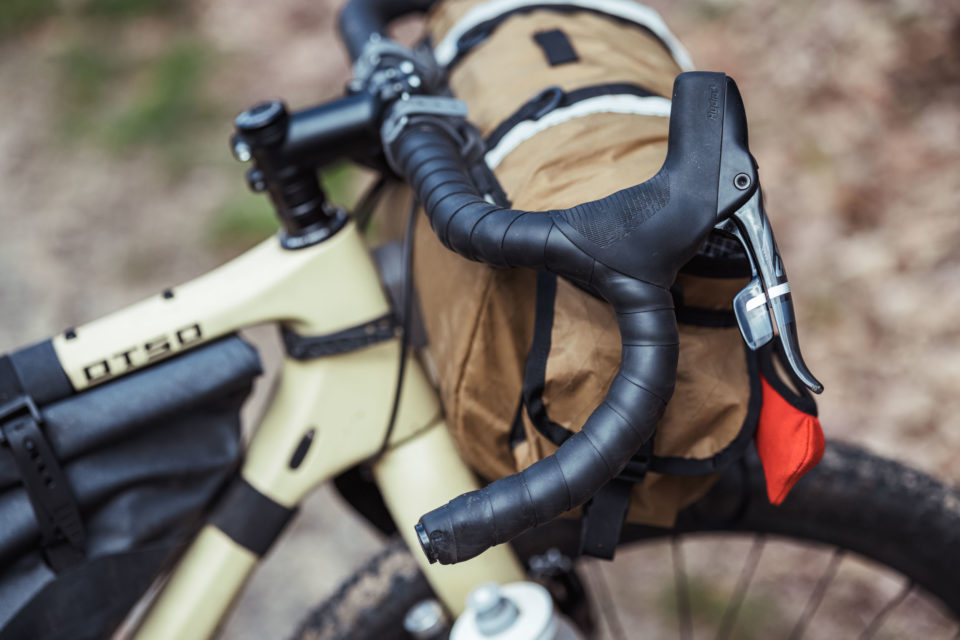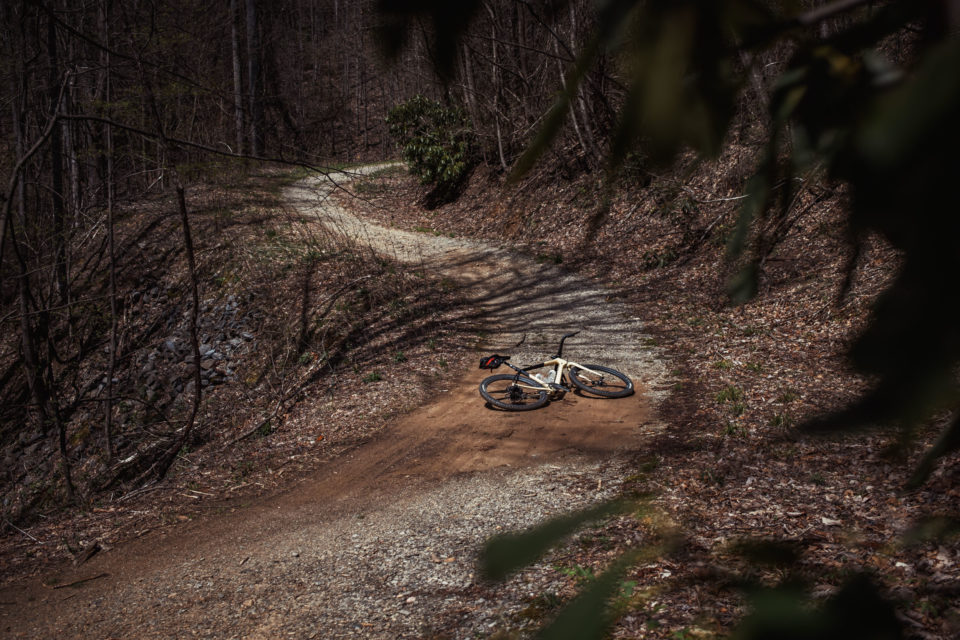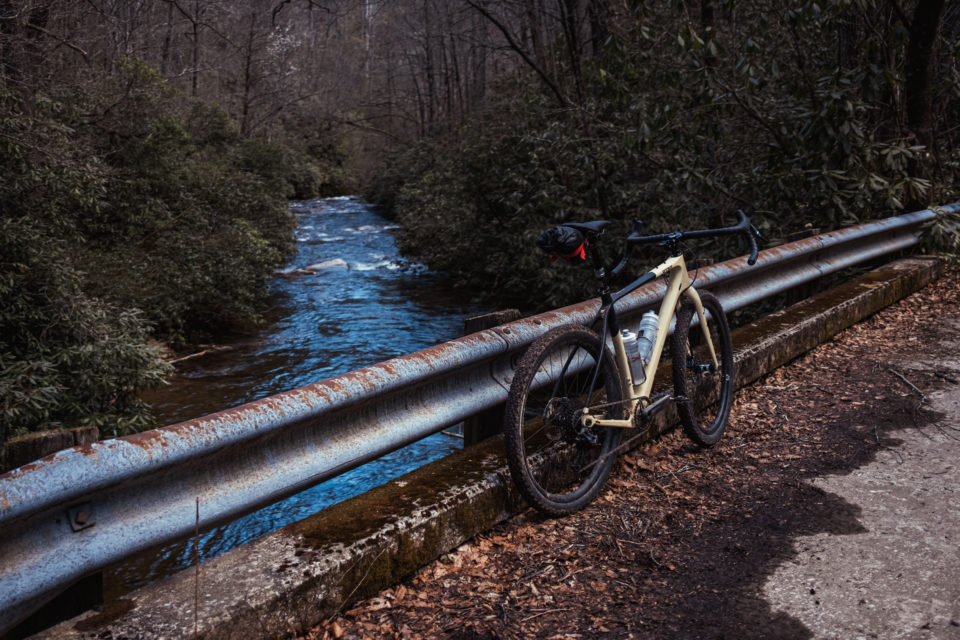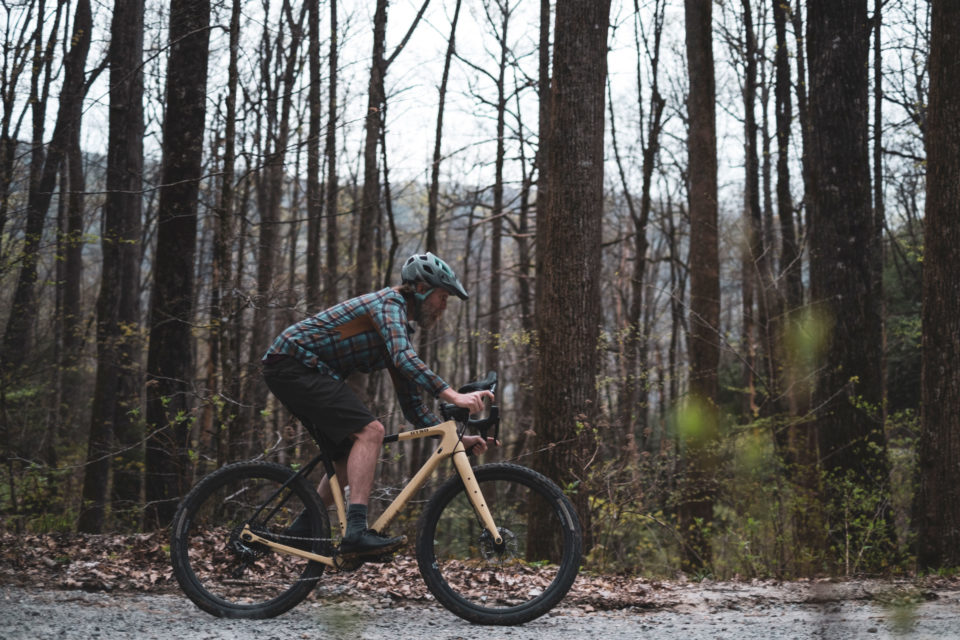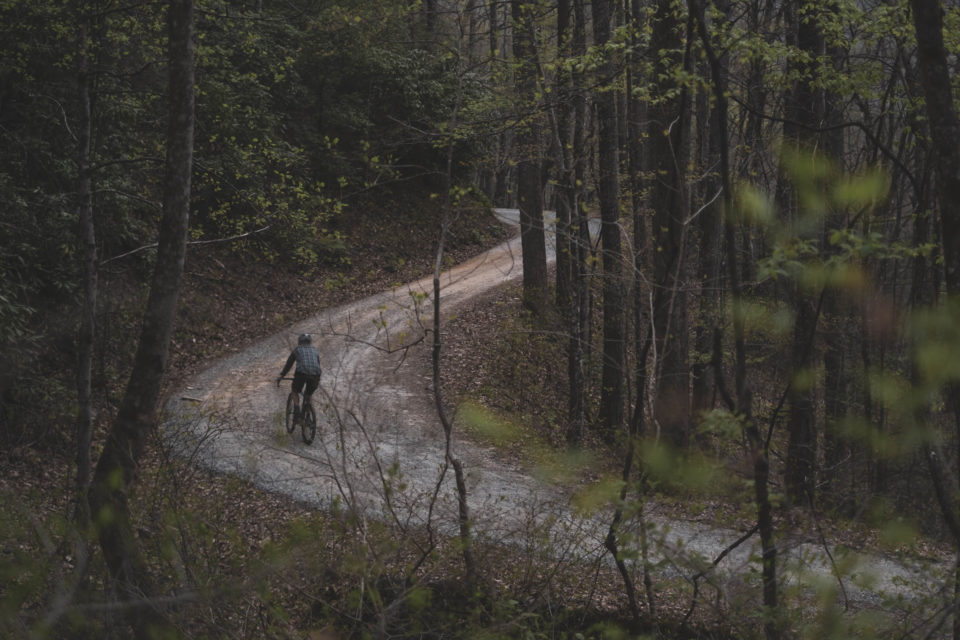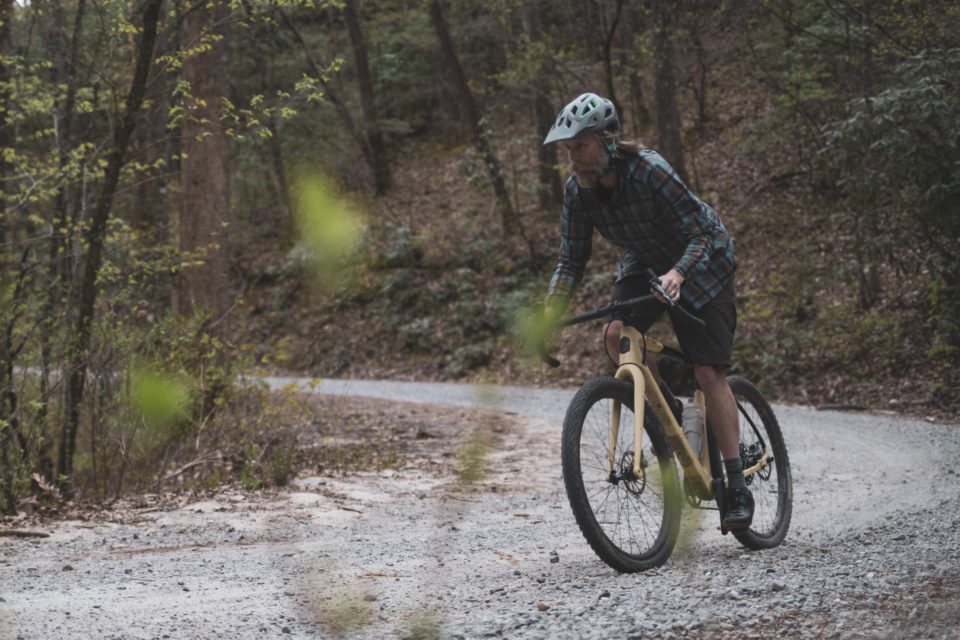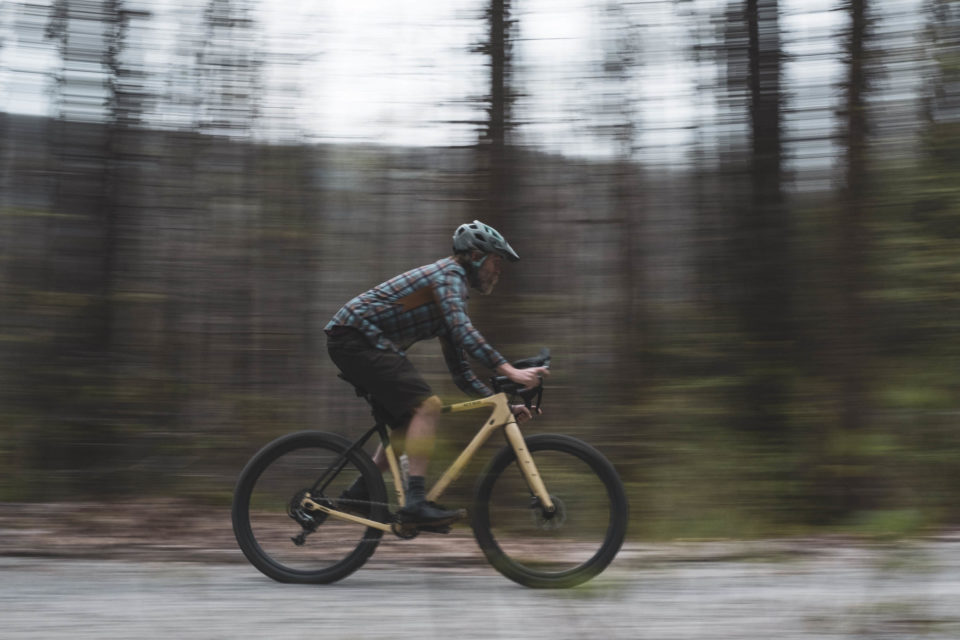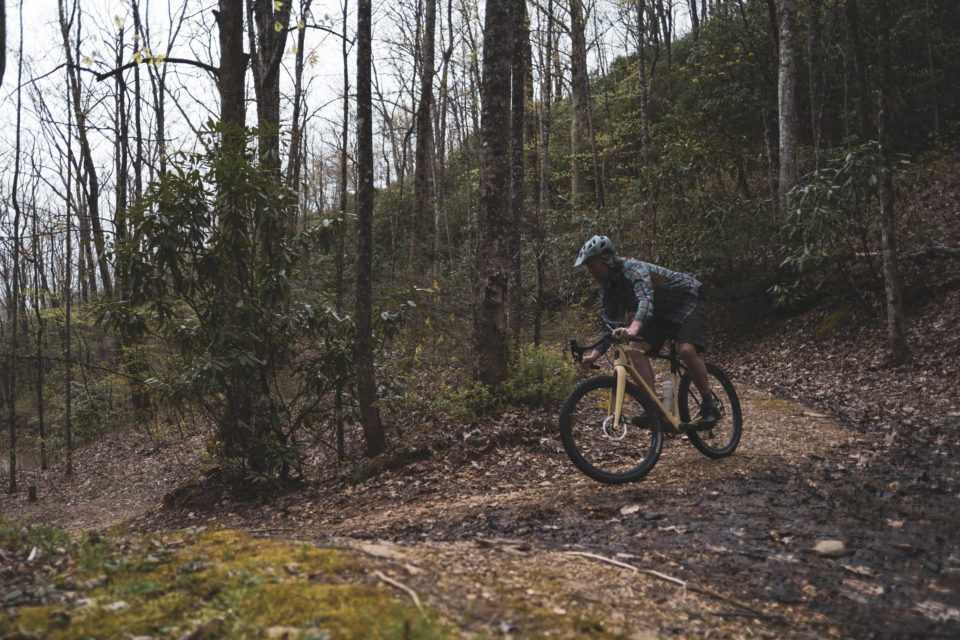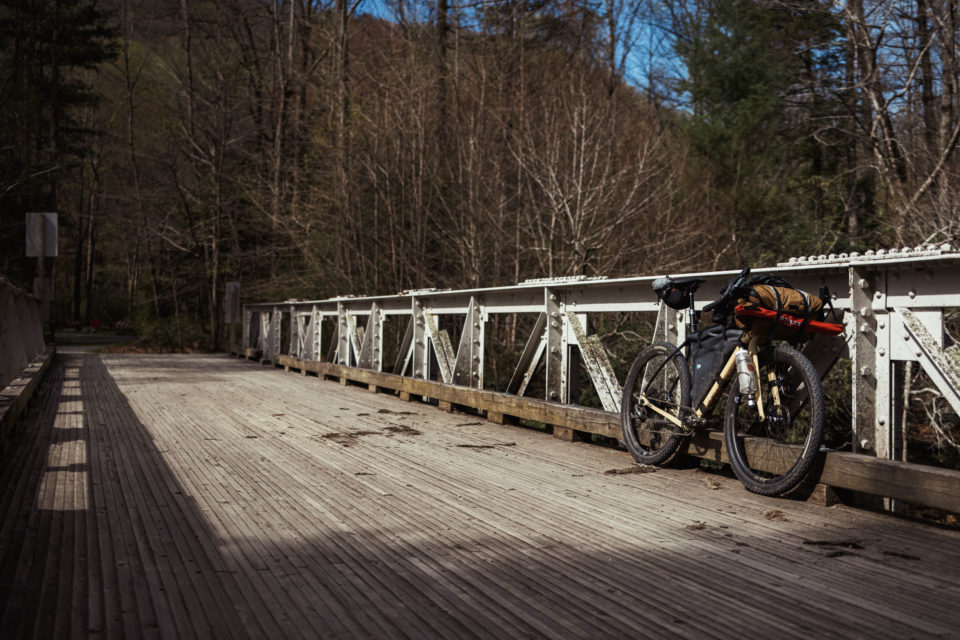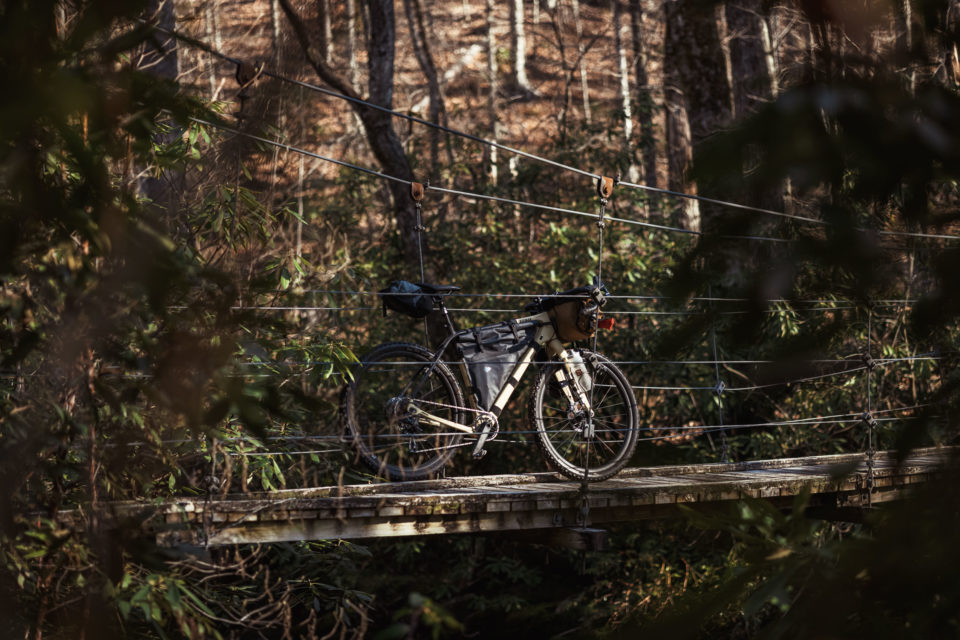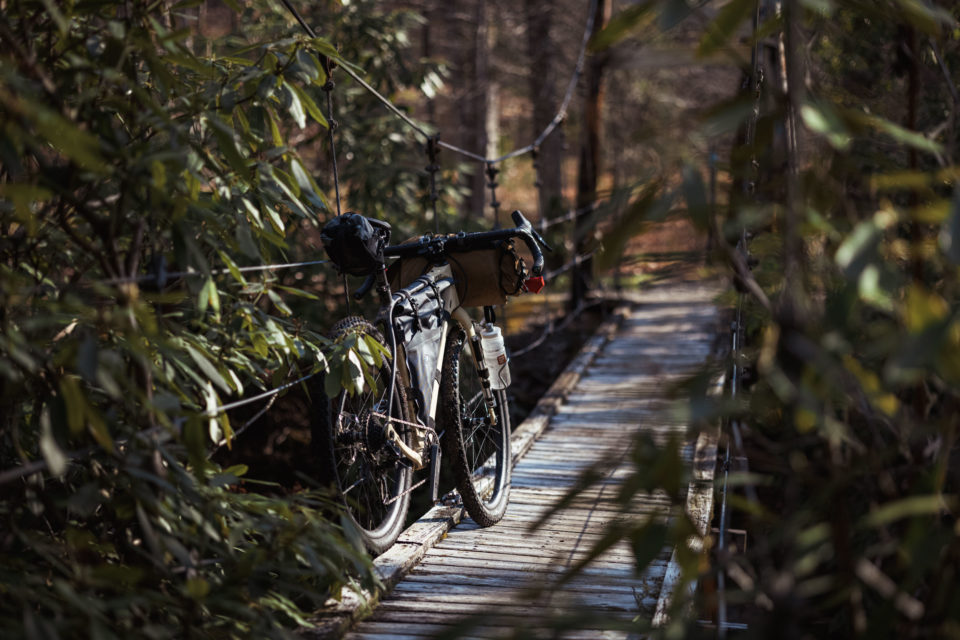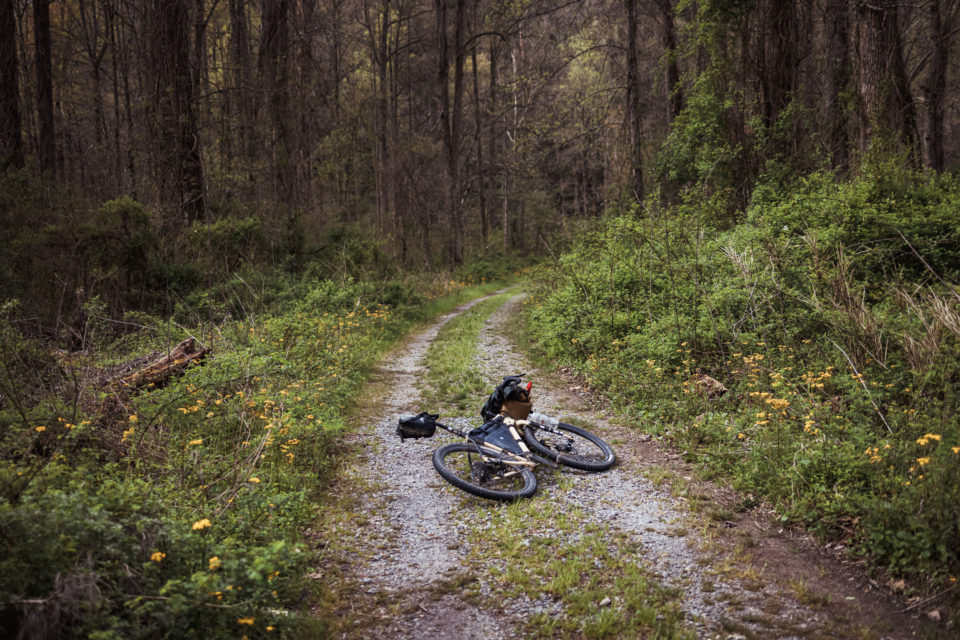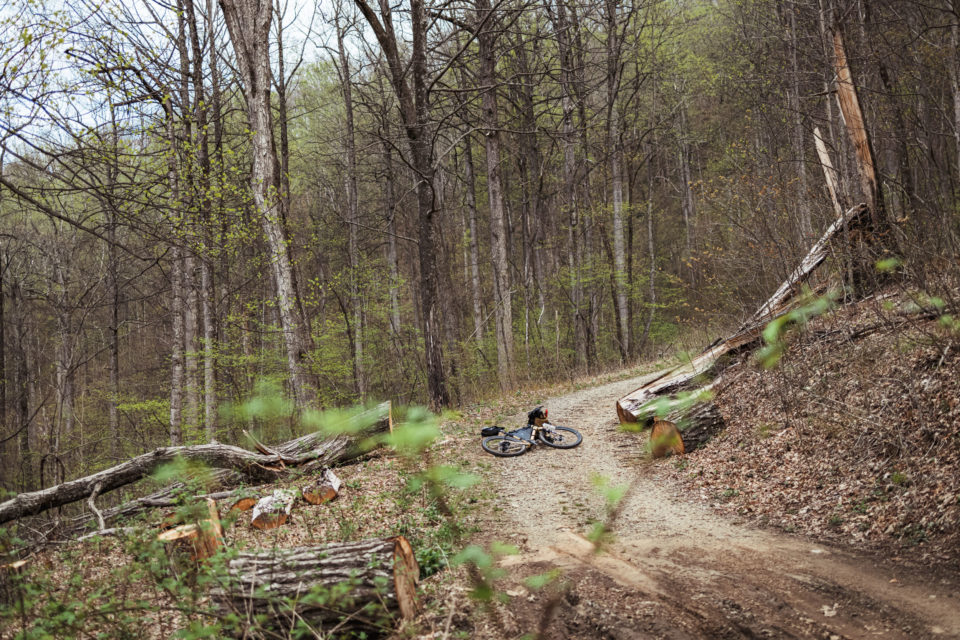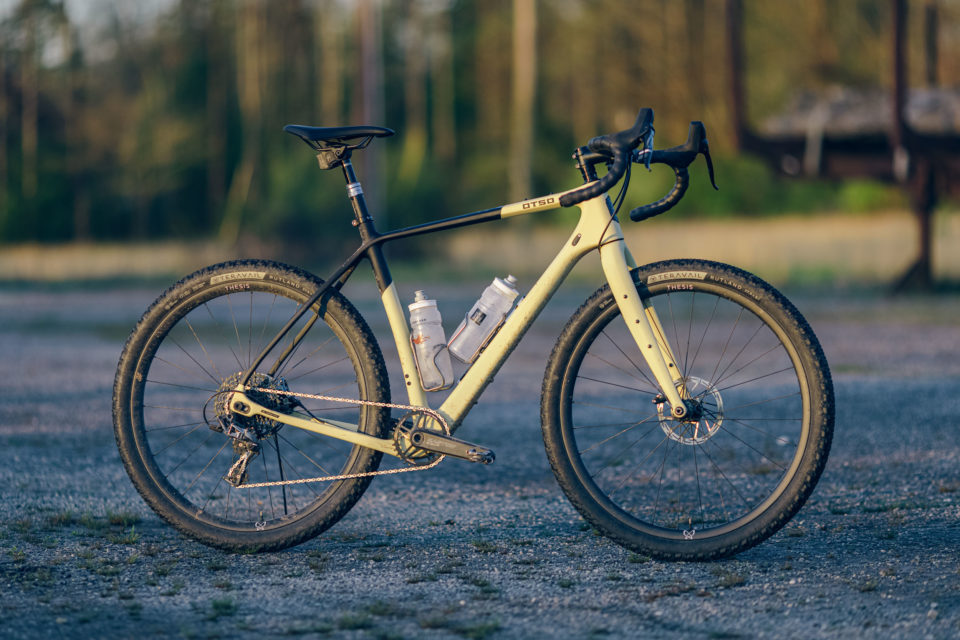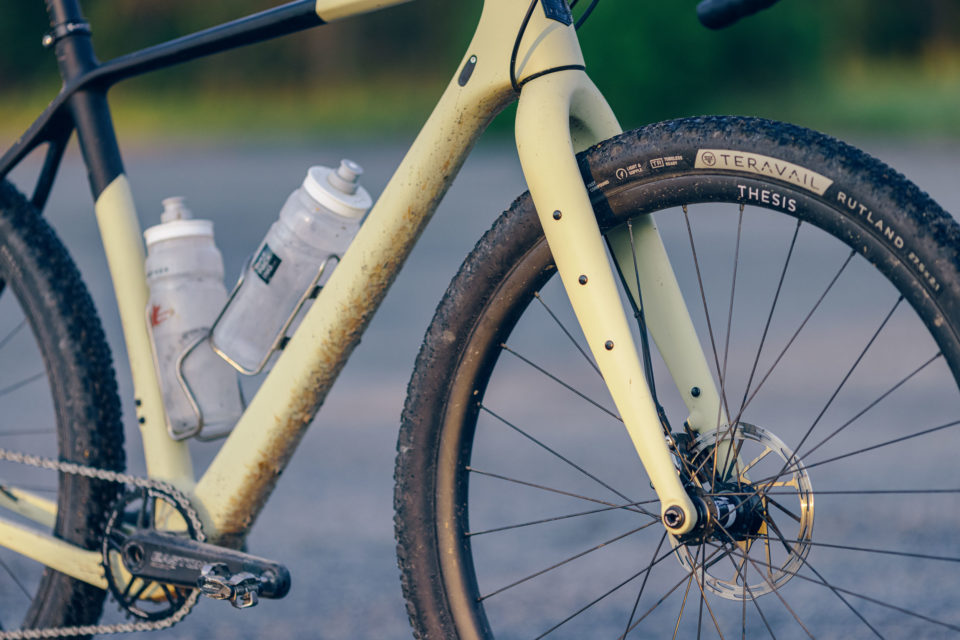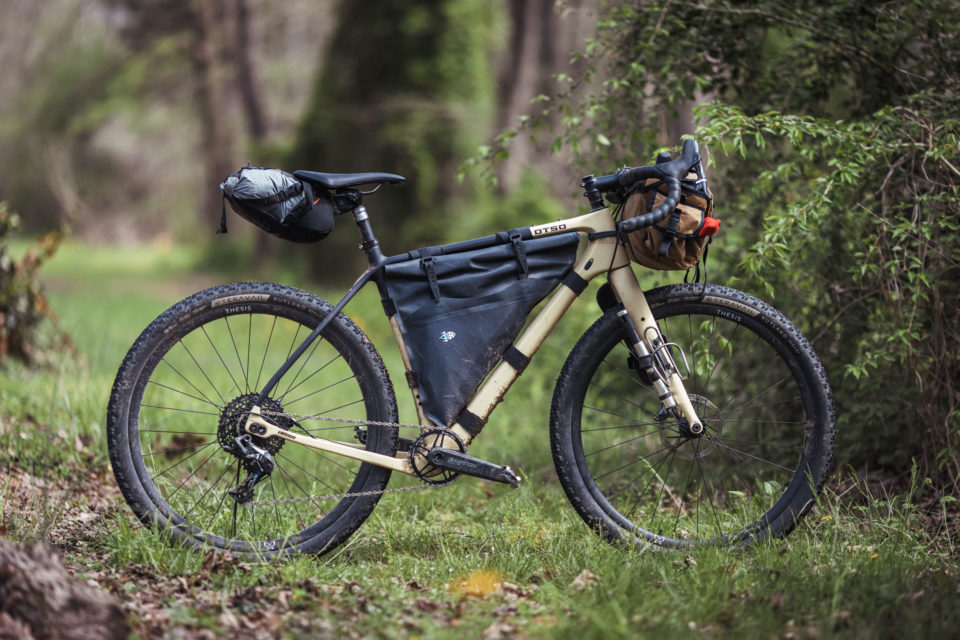Otso Waheela C Review: Three’s Company
With clearance for 29 x 2.1″ or 27.5 x 2.25″ tires, loads of mounts, and an interesting Tuning Chip dropout system, the Otso Waheela C captured our attention from the moment it was released a couple of years ago. The 2021 model was just updated and we finally got to try it out for this review…
PUBLISHED Apr 15, 2021
With its clever, adjustable geometry and nearly unrivaled tire clearance for a road bike platform, the Otso Waheela C has been on our radar since it was released in 2019. Adding to its intrigue, it gets its name from a legendary, freakishly large bear-wolf hybrid that’s said to roam the dark forests of northern Canada. The 2021 Otso Waheela C was just officially announced and we got to put some miles on the new model for a few weeks prior to launch day. Plus, the new model got a few extra mounting points and comes in this attractive Matte Desert/Black color scheme with a sweet blacked out head badge. Find the full review below.
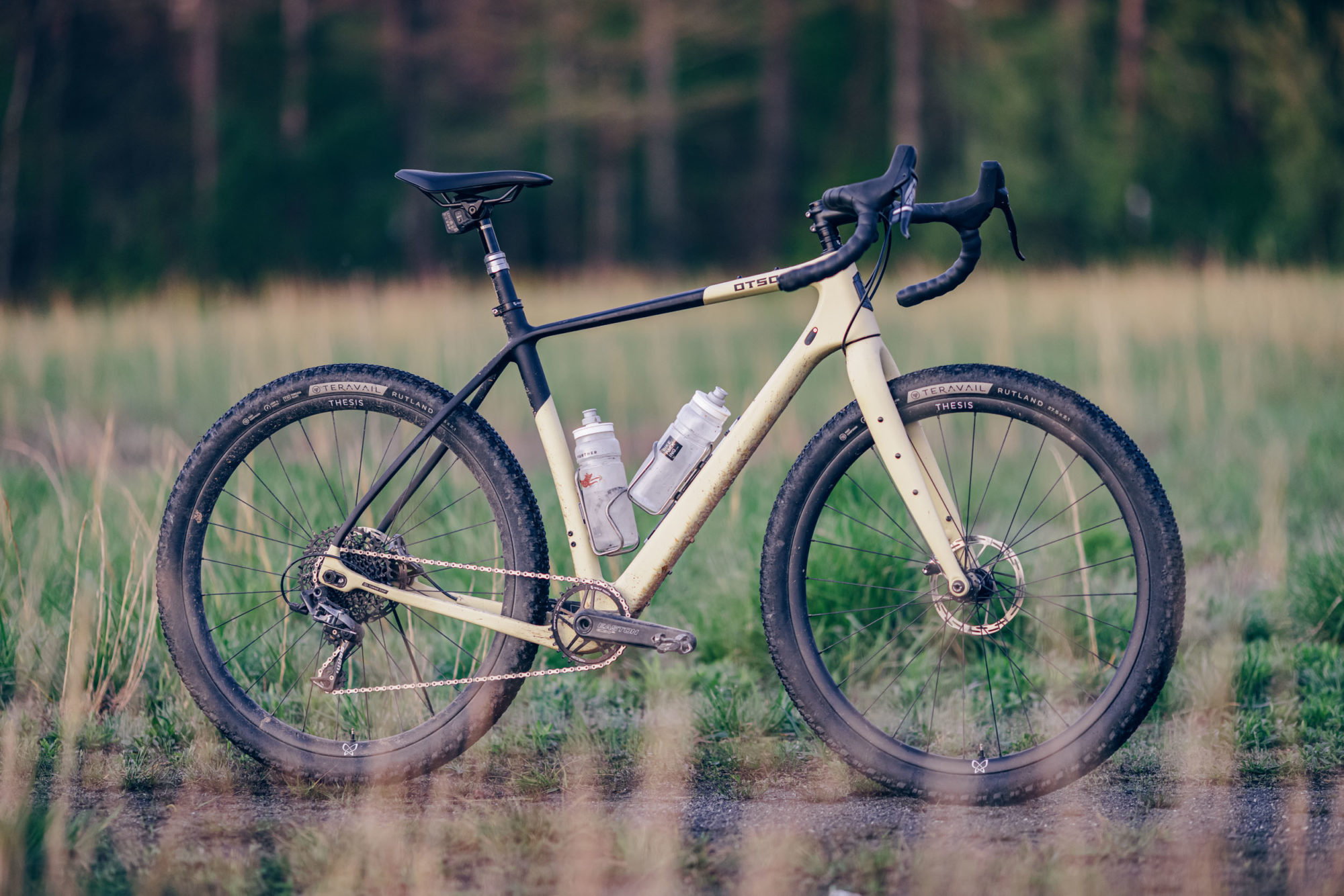
From Hard Drives to Drivetrains
For those unaware, Minneapolis-based Otso Cycles is a spinoff of a more well-known company, Wolf Tooth Components. The backstory behind how and why both companies got their start is pretty interesting. Co-founders Mike Pfeiffer, Dan Dittmer, and Brendan Moore were mechanical engineers at a technology hardware company called Seagate Technology. In between making hard drives, the three rode bikes during lunch breaks and discussed the missing puzzle pieces in the bike components market. In short, they founded Wolf Tooth in 2013 to create products they needed, which didn’t exist at the time. The initial brainchild was a chainring for a 1x drivetrain that would retain the chain without the use of a guide. Drop Stop chainrings were the first product Wolf Tooth ever released, and they remain one of the best narrow-wide chainrings on the market. The company then went on to create other innovative widgets to fill needs that weren’t being met by component manufacturers, such as chainrings and cassette cogs for better gear range, and the RoadLink, GoatLink, and TanPan, which facilitate using larger cassettes with various drivetrains.
That same modus operandi ultimately led the three to create a bike brand in 2017. Otso—named after the spirit of the forest, a figure in Finnish mythology that took the form of a bear—was also created out of necessity. But in this case, it seems like the primary driver was the need for certain types of bikes that had more tire clearance and features they felt were missing from the market at the time. At first, Otso’s two flagship bikes were the Warakin, a unique gravel bike that cleared 29 x 2.1” tires (not so common back then), and the Voytek, a mountain bike designed around an 83mm crank spindle that had capacity for full fat tires while maintaining a relatively narrow Q-factor.
Later, Otso launched the Waheela S, a steel version of the bike reviewed here. The Waheela not only had the same excellent 29 x 2.1” / 27.5 x 2.25” tire clearance but was also one of the first—if not the first—suspension-corrected gravel bikes. Otso first launched the carbon version, Waheela C, at Sea Otter in 2019 as the fourth bike in the brand’s lineup. While the Warakin Stainless and Waheela S solved tire clearance problems, the Waheela C took it even further and applied that same clearance to a lightweight carbon frame.
What’s Changed
In April 2020, Otso shared new paint schemes and changed the base build drivetrain from Shimano 105 to Shimano GRX. Then, late last summer, they changed the front axle from 15mm to 12mm. The initial decision to run 15mm axles was fairly progressive, surely based on the lack of wide gravel wheels at the time. However, things have changed since then and the Waheela C fork now fits a 12mm axle. For 2021, based on customer feedback, Otso added three bottle bosses to each fork blade and released the Waheela C in four new colorways.
- Highlights (Size L)
- Angles: 71.5° Headtube, 72.5° Seattube
- Reach/Stack: 395/595mm
- Bottom Bracket: 68mm Threaded / 70mm drop
- Hub specs: 142×12 / 100 x 12mm
- Seatpost Diameter: 30.9mm
- Max Tire Size: 29 x 2.1” / 27.5 x 2.1″
- Price: $2,550 (frameset)
Frame Features
The Waheela C has a full carbon frame designed around a 420mm axle-to-crown fork. The bike was initially designed primarily for long gravel races and rides. The frame features sleeved internal rear brake and shifter routing, a carbon access door under the bottom bracket, front and rear thru-axles, and a 68mm threaded bottom bracket. In addition, Otso designed it around bowed seat stays for vertical compliance and added comfort. The Waheela is 1x and 2x compatible and works with both Shimano Di2 and SRAM eTap AXS electronic drivetrains. Additionally, the Waheela C is compatible with 30.9mm internally routed dropper seat posts by way of the front derailleur cable routing. Oddly, the front brake cable on the fork is externally routed at the back of the fork blade. I appreciate this fact for those interested in intermittently swapping a suspension fork, but the routing behind the head tube is a little strange and I foresee the cable wearing the frame a little bit where is touches.
One of the more impressive specs on the Otso Waheela C is tire clearance. Most 68mm shell gravel bikes can fit wide 650b tires, and a fair number can fit 27.5 x 2.1″ tires these days, but most stop there and can’t quite squeeze in 700c tires over 45mm wide. Despite its gravel-oriented geometry, the Waheela C has room for full 29” x 2.1” (700c x 53mm) or 27.5 x 2.25″ tires. And for those muddy Midwest gravel races, there’s plenty of extra room when it’s shod with 700c x 42mm rubber.
Our test bike came with 27.5 x 1.9” Panaracer tires. However, the HED hub died on me after just one ride, so I popped my trusty DT350-equipped Thesis wheels and Teravail Rutland 2.1” tires on for the duration of my time with the bike. As you can see in the first row of photos below, there’s plenty of room with the 1.9s (with the Tuning Chip all the way forward) and the second row with 2.1” tires mounted to 27.4mm wide (internal) rims, there’s still about 6mm of space between the chainstays with the Tuning Chip in the back position. There’s still loads of clearance in the fork and seat stays.
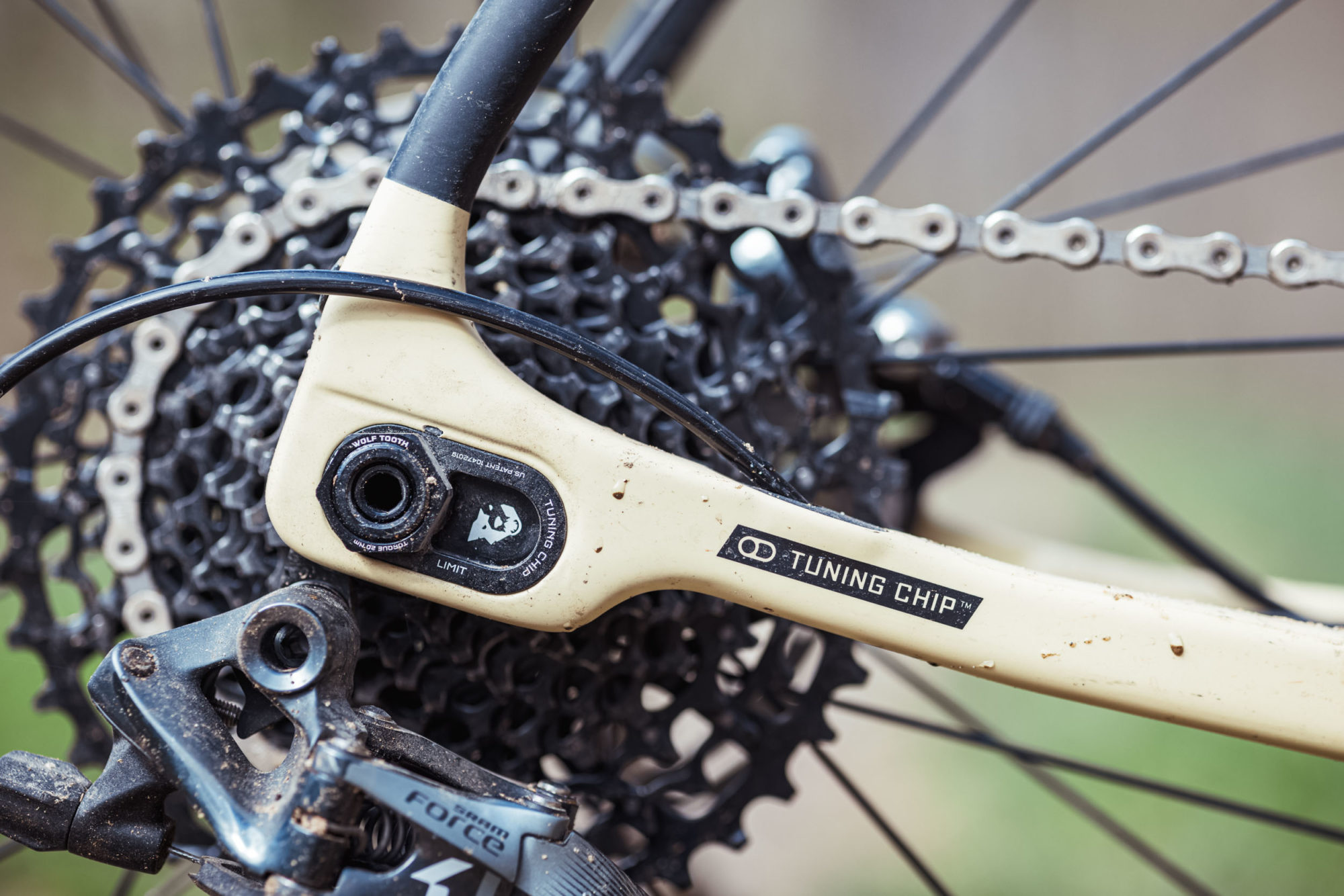
Tuning Chip
Aside from the tire clearance, perhaps the most compelling feature on the Waheela C is Otso’s patented Tuning Chip rear dropout system, carried over from other Otso bikes including the Voytek and Waheela S. It allows you to adjust the bike’s geometry based on terrain and riding style. In effect, the Tuning Chip lengthens or shortens the wheelbase by up to 20mm (which also raises or lowers the bottom bracket height by 4mm). While the Waheela C is designed around a somewhat aggressive geometry, by flipping the axle chip, the system enables the wheelbase to be adjusted by from 420 to 440mm, or vice versa. This allows you to tweak the chainstay and wheelbase length from a road/CX chainstay to a more stable touring/off-road friendly ride, as well as tune the rear end for tire size. The system consists of two chips with two positions—the rear position is for long rides that require stability and comfort, and the front position makes the bike more like a typical cyclocross bike with a super nimble rear end. Then there’s a separate pair of chips you can purchase that allows you to use the middle position for something in between. Unlike a sliding dropout, there are no positioning screws to fiddle with. Changing them is fairly simple. You simply pull off the 20mm nut on each side, loosen the brake mount bolt, pop out the Tuning Chips, flip them, and replace the two nuts and brake bolt. I went through the process twice and it takes all of five minutes. However, it’s worth noting that this isn’t something you can do trailside. But, most people will likely set it and forget it, or use it in one position and only change occasionally for particular trips or rides.
Additionally, the headtube and seat tube angles are tweaked ever so slightly when adjusting the Tuning Chip. The specced 71.5° head tube angle is measured from the center position. The angle changes to a slightly steeper 71.75° in the forward position and an ever-so-slacker 71.25° when in the back position. Here’s how the geometry changed based on the chip settings on the size large:
| Position | STA | HTA | WB | CSL | BB |
|---|---|---|---|---|---|
| Front | 71.75 | 72.75 | 1039 | 420 | 68 |
| Middle | 71.5 | 72.5 | 1049 | 430 | 70 |
| Back | 71.25 | 72.25 | 1059 | 440 | 72 |
STA=Seat Tube Angle(°) / HTA=Head Tube Angle(°) / WB=Wheelbase / CSL=Chain Stay Length (mm) / BB=Bottom Bracket Drop
There are also swappable options available for the Tuning Chip system. One is the Waheela C Rack kit, which integrates rack mounts into the Tuning Chips and provides a seat clamp mount. Unfortunately, the singlespeed conversion kit is only available for the Waheela S.
Build Kit
One thing that differentiates Otso from most other brands is their online “Bike Configurator,” a semi-custom build specification/purchase tool that allows you to hand-select the components you want via an intuitive web-based tool. It has a fairly wide range of options, from overarching choices such as wheel size, tires, and drivetrain, to more granular aesthetics, like grip tape. You can get as fancy as you want or simply buy a frameset. I requested large tires, wide bars, and a 1x drivetrain, but otherwise left all the decisions up to Otso. The 19.2 pound (8.7kg) build came with 27.5” 24-spoke wheels and Panaracer 1.9” tires. Not ideal, but I ran with it. Unfortunately, as mentioned, the HED hub broke on my first ride and started disengaging at random. So, I replaced them with my trusty Thesis Gravel Wheels and Teravail 2.1” Rutlands. Here’s the full build kit.
- FrameOtso Waheela C Large
- Fork Lithic Carbon 100 x 12mm
- Wheels HED Ardennes (Switched to Thesis Gravel Wide)
- Tires Panaracer Gravel King 1.9″ (switched to Teravail 27.5 x 2.1″)
- Crankset Easton EC90 SL
- Derailleur SRAM Force 11-speed
- Levers SRAM Force
- Cassette SRAM 11-42t 11-speed
- Handlebar Salsa Cowchipper 50cm
- Tape Wolf Tooth Supple Bar Tape
- Headset Wolf Tooth
- Brakes SRAM Force Flat Mount
- Saddle Otso/WTB Volt (Switched to Fizik Argo)
- Seatpost FSA Carbon (Switched to Rockshox Reverb AXS)
I loved this build on the Waheela C. With the relatively small 27.5 x 2.1” tires, 22.2 gear inches provided by the 34T ring and 42T cassette cog was just fine on steeper climbs, even when loaded. On the high end, it would have been nice to have the 10T cog via an XD driver instead of the 11, but it was generally OK. Either way, it’s hard to beat Force 11-speed shifting. The 50cm Cowchippers were another highlight. Additionally, I had to have a dropper, as I pretty much can’t ride a bike without one these days. I installed my Reverb AXS dropper and “hacked” a plastic light mount clamp to make it work on the clamp area of the bars. This worked extraordinary well as the Reverb AXS is fast and just requires a quick press to engage.
Geometry and Ride Impressions
Generally speaking, the Waheela C is a gravel race bike at heart. Or so says its relatively low and aggressive stack height and steep head tube angle. However, the Tuning Chip provides options that add up to more of a 3-bikes-in-1 kind of rig. I started out with it in the shorty chainstay length, where 420mm stays definitely put it in that road/CX zone. It was snappy, and accelerated super fast, but I found that it felt a little too much like I was riding on top of the rear wheel with those short stays. Similar to the El Jefe that I reviewed recently—which happens to the same length stays in the short setting—that feeling was compounded by my long legs and the need for a long seatpost. Since Otso didn’t send the optional middle setting chip, I opted to run the Tuning Chip setting in the 440mm position, which was more my speed. Theoretically, this puts the chainstay length in road-touring territory. It’s worth noting that the Waheela’s likely direct competitor, the Salsa Warbird, has a 430mm chainstay length and the Tour Divide-specific Cutthroat has 445mm stays.
At first, the Waheela’s short stack and more aggressive stance caught me a little off guard. I’m used to bikes with a little more of an upright gait. However, after I got used to it, I quite liked it. It’s long and rather stretched out, but also surprisingly comfortable. Similar to Salsa’s “Vibration Reduction System” seat stays, the Waheela C has thin stays that seem to soak up a lot of noise and vibration. In tandem with the longer tuned chainstay setting, they provided an extremely comfortable and stable ride that I felt like I could pedal for days.
Oddly, I found that the front didn’t quite match the back. The steep head tube provides the Waheela C with quick and reflexive steering, but it can also be a little harsh on rough terrain. I was able to tame this by running a little lower pressure in the front (about 18-19PSI) than in the back. However, the spritely front and planted rear end made for an enjoyable and interesting platform when riding on singletrack and rough two track. The fast feel up front coupled with an overall steady posture simply worked on everything from fast gravel to road climbs to backcountry singletrack. It steers predictably yet it remains steady on climbs, even with the smaller 650B wheels. And, it’s extremely confident when going downhill, far more so than I’d typically expect from a gravel race bike.
All in all, this is one of the more comfy carbon gravel bikes I’ve tried. It helped that the bike fit me well with a nice and long reach, but it’s obvious Otso dialed in the frame layup. Even so, I would really like to have tried it with 29 x 2.1” tires. I think that may be the ideal platform to soothe the front-end with additional rollover and offset the rather steep head tube angle on rougher terrain.
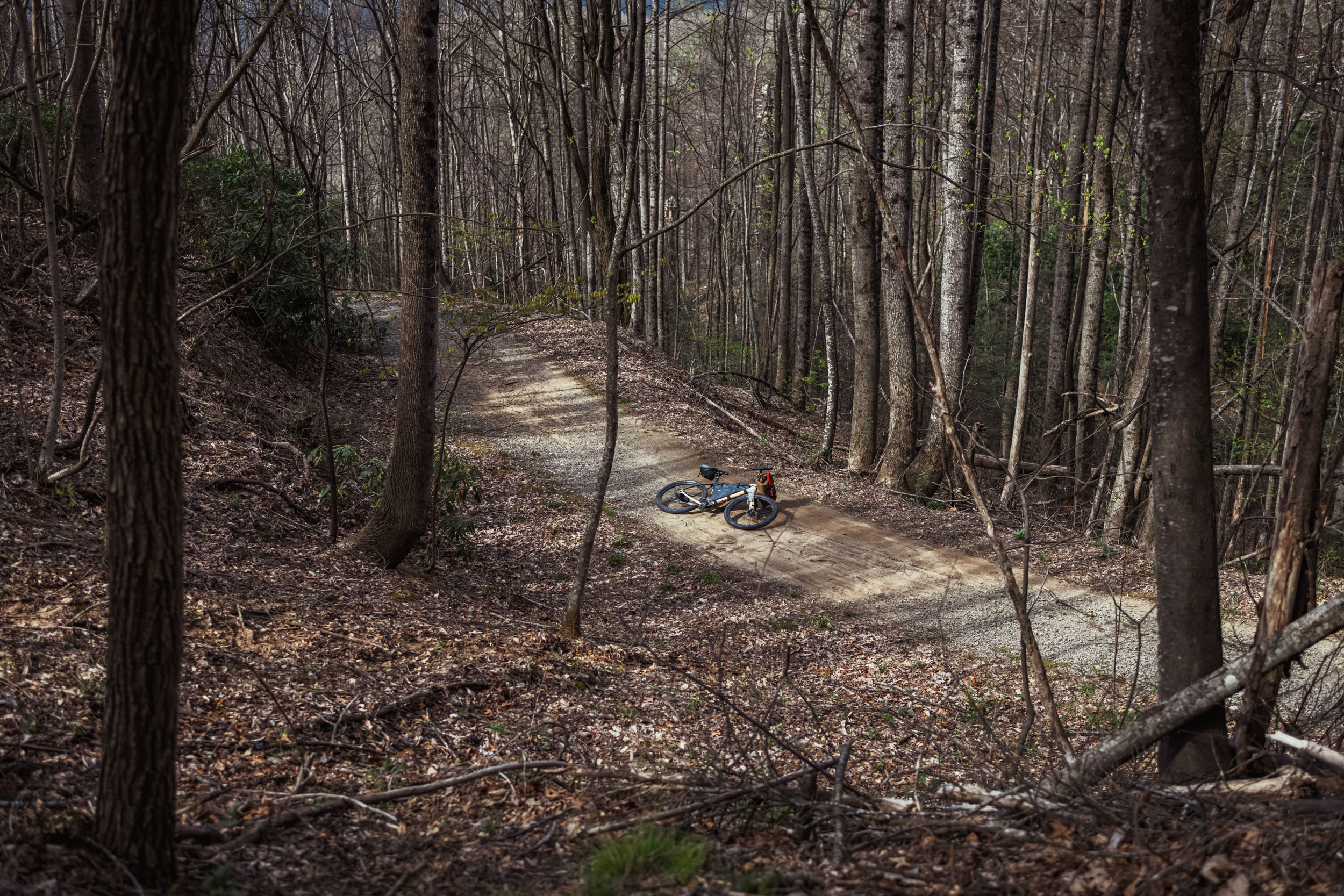
While Out Bikepacking
The Waheela C seemed to become even more comfortable loaded up, particularly the front end. At first, under a pretty heavy load (fishing gear, lots of food, a DSLR and two large lenses, and a couple of beers for good measure), it felt a little wiggly. However, that feeling didn’t last once I hit the trail. The Waheela C carries a load well, overall. That said, the handling noticeably improved once the food and beers were gone the next day, which leads me to believe this might just make a perfect lightweight overnighter machine or ultra-endurance race rig.
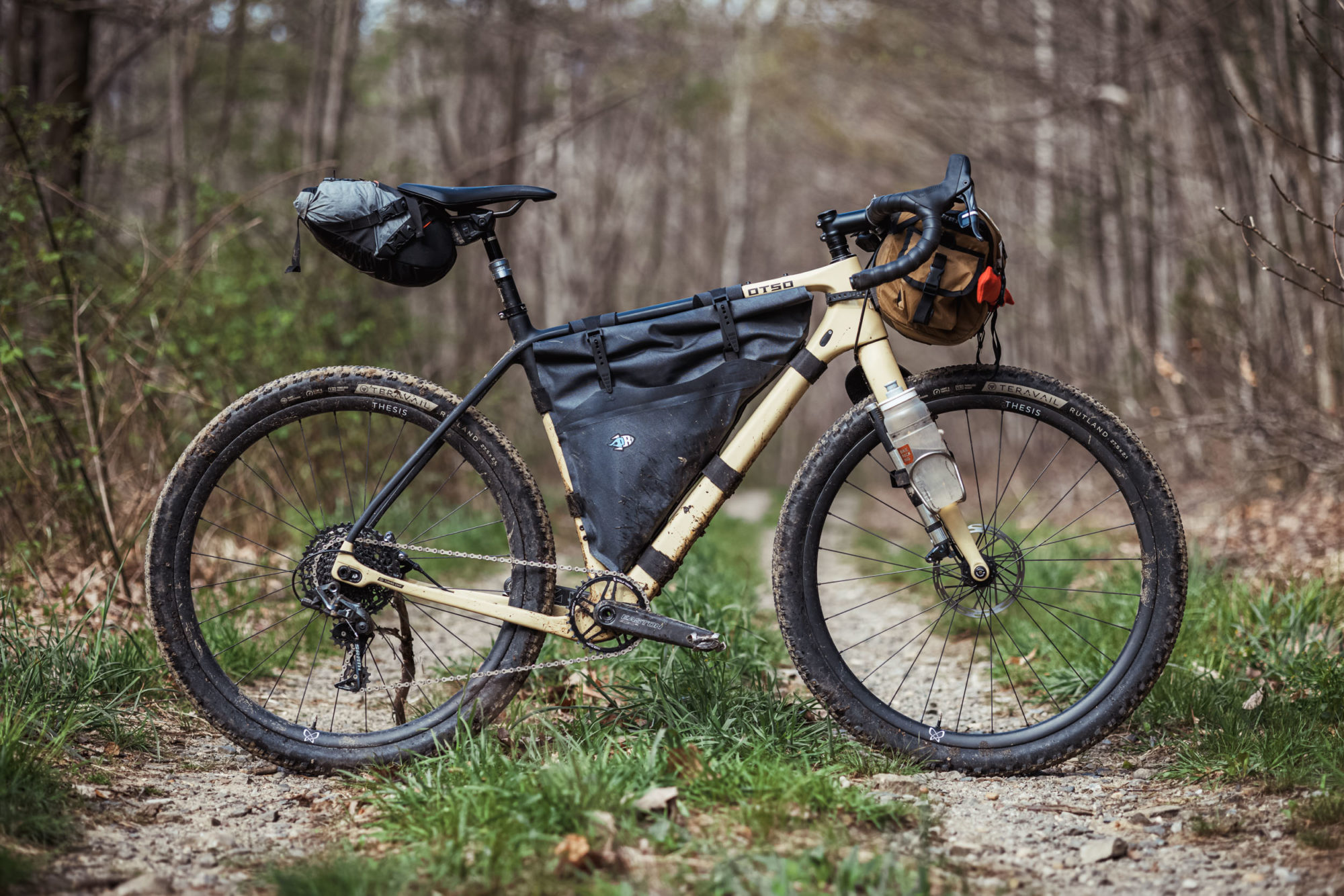
And of course, Otso didn’t skimp on the bottle mounts. It has not three, but four bottle bosses under the downtube. There are also three in the triangle on the downtube, a pair on the seat tube, and another pair at the cockpit for a bolt-on top tube bag. The frame triangle wasn’t as small as I was expecting. It perfectly fit the frame bag that was made for the size large MOOTS Baxter I reviewed last year. Lastly, while the 420mm Lithic fork is structurally unchanged, as mentioned, it gets three bottle mounts on each blade. But, keeping to the racey platform, there aren’t any rack mounts up front.
On a recent overnighter, I surprised myself by making it to the top of a forest service road climb that I’ve done a hundred times in what seemed like record speed, despite the fact I was carrying a significant load. From there, I jumped on some meandering and occasionally rough backcountry singletrack to get to camp. The Waheela C felt surefooted and the large 27.5” tires gave it a quick and fun feeling, even when loaded.
- Model/Size Tested: Otso Waheela C (size L)
- Actual Weight as sent: 19.2 pounds (8.7kg)
- Place of Manufacture: Taiwan
- Price: $2,550 (frameset)
- Manufacturer’s Details: OtsoCycles.com
Pros
- Thoughtfully tuned frame design provides stable and supple ride
- Excellent adaptability for dialing in the ride with the Tuning Chip
- Loads of mounting options and decent size frame triangle
- Black and Tan colorway is easy on the eyes
Cons
- Front end isn’t quite as plush as the perfectly compliant rear end
- No mounts on the fork for a small platform rack
- Odd cable routing for the front brake that goes behind the head tube
Wrap Up
While it’s been on our radar since its release, I was never a big fan of the bright and shiny colors that the Otso Waheela C came in. However, the new matte black and tan scheme with the blacked out head badge certainly tipped the scales. And I’m glad it did. I was really impressed by this bike. Judging purely by the numbers, I wouldn’t have expected to like it as much as I did, but it’s clear that Otso has something special on their hands, both with the carbon engineering of the frame and the precision versatility that the Tuning Chip provides. As mentioned, this is perhaps one of the most comfortable gravel bikes I’ve ridden to date. And despite that level of compliance, it’s still a very quick and responsive bike. It’s also surprisingly confident going downhill and plenty capable on chunky singletrack. And of course, the tire clearance and mounting options are icing on the cake.
Please keep the conversation civil, constructive, and inclusive, or your comment will be removed.






